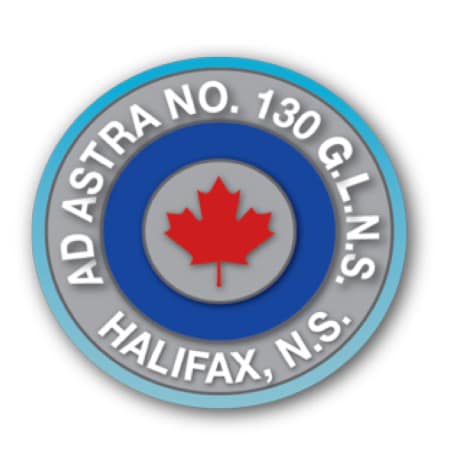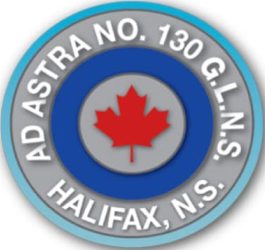
When the first aeroplanes of the Royal Flying Corps arrived in France in 1914, their pilots soon found out how necessary it was to be able to identify themselves as British. They were fired upon by friend and foe alike! Several markings were tried, including the Union Jack which, at a distance unfortunately, looked very much like the emblem used by the enemy.

Eventually, the Royal Flying Corps turned to their French allies who had devised a roundel of concentric red, white and blue circles inspired by the tri-coloured flag of France. The British reversed the colour order, placing the blue on the outside and the red in the center. The roundel used in the Canadian Air Force evolved from the French and British adaptation.
In 1921, the Canadian Air Force was permitted to use, as its own, the light blue ensign of the Royal Air Force which displayed the roundel in the fly, and three years later, when the Royal Canadian Air Force was authorized to replace the inner circle with the red maple leaf: however the formal action was delayed until after the close of hostilities. Canadian military aircraft began to wear the maple leaf roundel in 1946. In 1965 the eleven point, stylized maple leaf of the new national flag became the centre-piece of Canada’s roundel.
The roundel worn on the aprons of members of Ad Astra lodge is based on that symbol.

